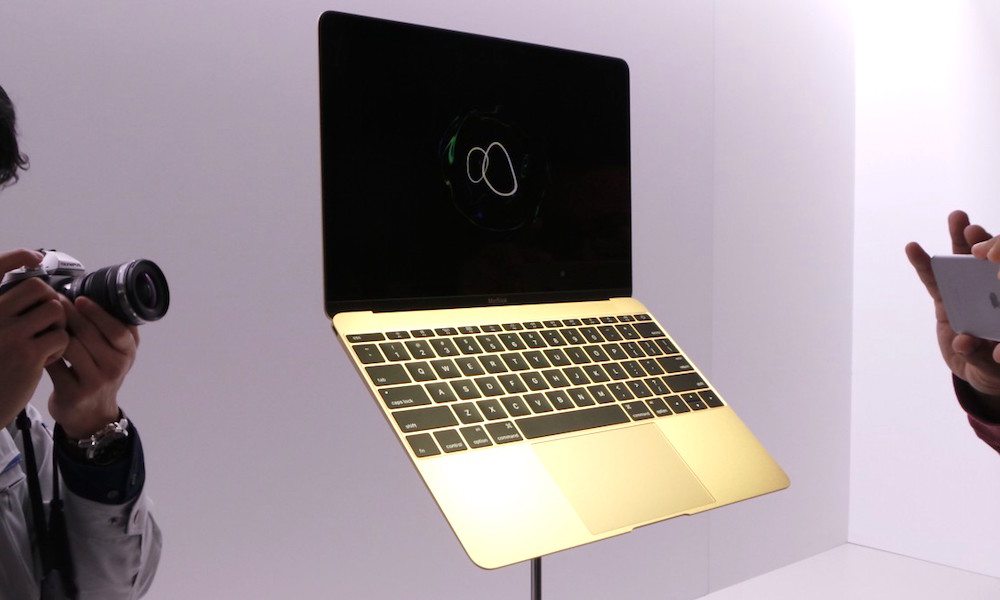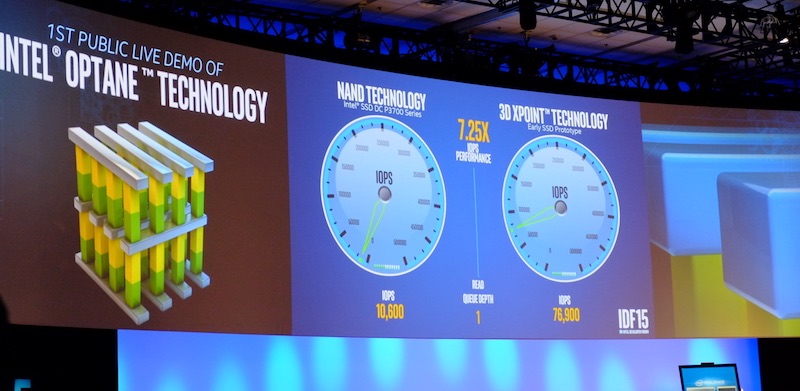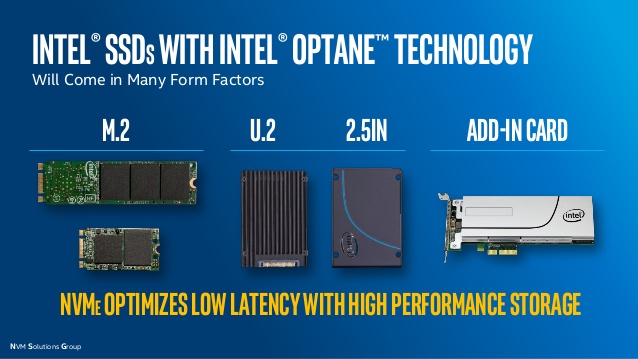Your Next MacBook Could Feature 1,000x Faster Memory with New ‘Optane’ Technology

Toggle Dark Mode
A new partnership between Intel and Micron, which the tech companies have christened ‘Optane’, has resulted in a new, blisteringly fast solid-state memory technology for laptop and netbook computers. And the technology could possibly see its way into Apple’s MacBook line as early as next year.
As noted by Macworld, Apple is already using the same Non-Volatile Memory Express (MVNe) flash storage protocol — upon which Optane was built — in the company’s most recent line of 12-inch MacBooks from last year. So it would be relatively easy for the Silicon Valley Mac maker to transition to Intel’s Optane storage platform when it becomes commercially available.
Because Optane is estimated to be around ten times more dense than the current standard DRAM offerings, it could, in theory and in practice, offer flash storage speeds that reach approximately 1,000 times the current speeds. Optane utilizes Intel’s new 3D XPoint technology to achieve these dizzying speed milestones.
NVMe flash storage technology, as employed in Apple’s 12-inch MacBook, was designed to replace the aging Advanced Host Controller Interface (AHCI) standard — which itself was originally designed to maximize performance in desktop and notebook computer systems that utilize spinning HHD hard drives. NVMe is the latest protocol in the evolution of flash storage standards, and itself is optimized to require lower latency — thanks in part to the current capacities in solid state media storage.
Non-Volatile Memory Express, in comparison to the long-running Advanced Host Controller Interface (AHCI) standard, is said to reduce operating latency by as much as 50 percent. In other words, Intel pegs the latency demands of current hard drives at about 6 nanoseconds per 19,500 cycles. However, the Oregon-based computer chip and flash storage manufacturer is quoting that the current NVMe memory standard hums along at roughly 9,100 cycles in just 2.8 nanoseconds.
Last but not least, Non-Volatile Memory Express technology has been designed to scale over the next decade — improving at a comparable rate as Advanced Host Controller Interface technology, which was originally introduced back in 2004.
Perhaps best of all, though, since Apple has been employing the Peripheral Component Interconnect Express (PCIe) protocol since 2011 in the MacBook line, the company is already in a sound position to seamlessly and expediently roll out support across the entire Mac lineup. And we could even, as we mentioned, see this new technology saturate the market as early as 2017.
Learn More: iPhone 7 Expected to Deliver Super-Fast Cat. 10 LTE Wireless Data Speeds
What do you think about owning a MacBook that could store and retrieve data at such blisteringly fast speeds of up to 1,000 times your current MacBook?









